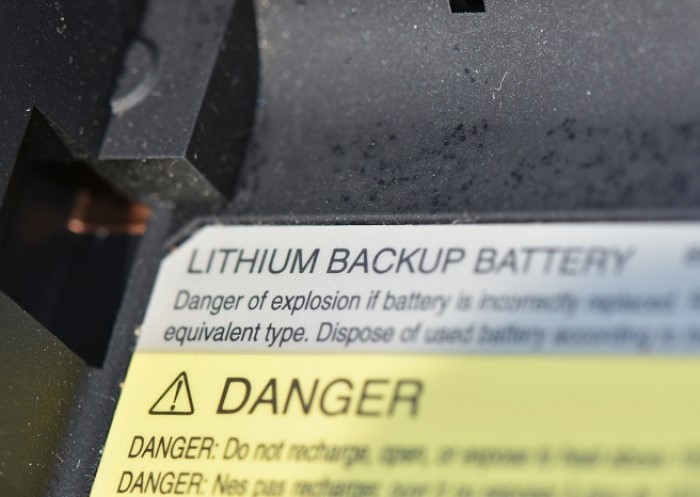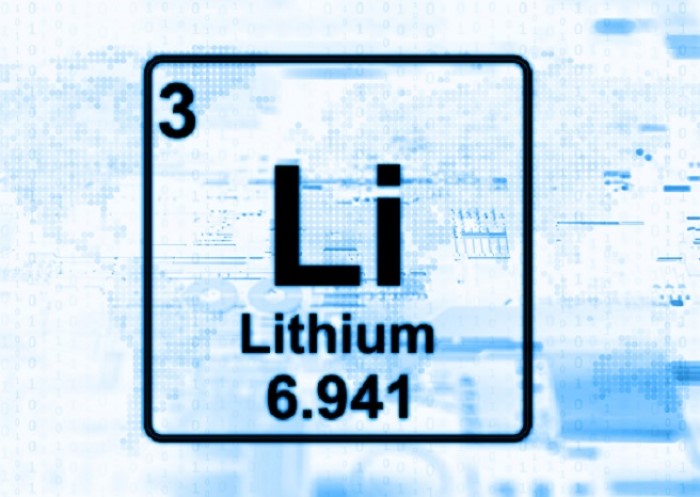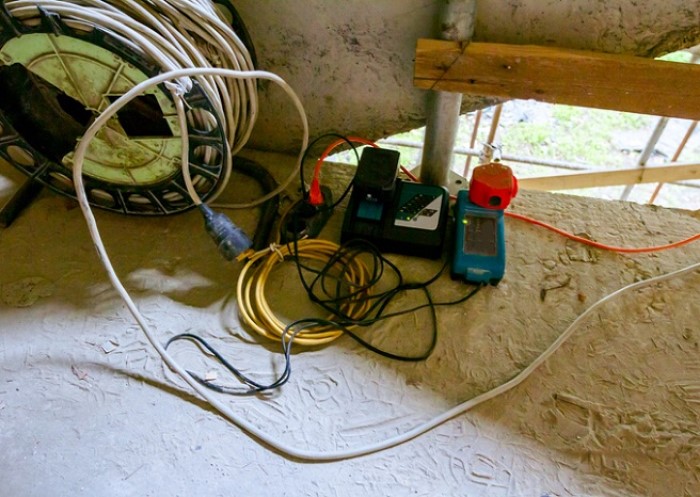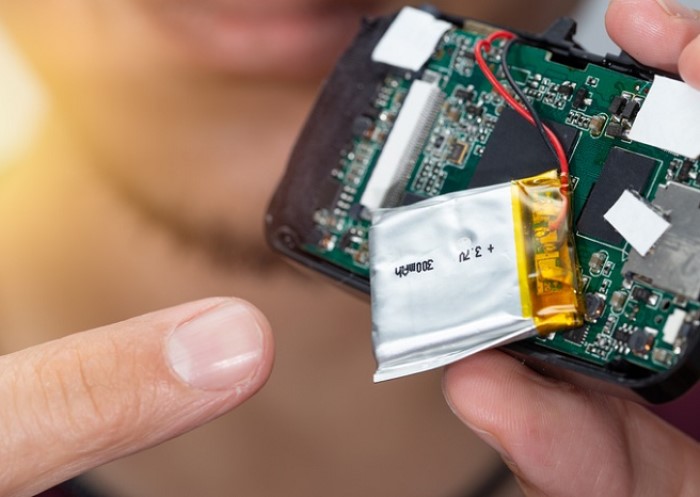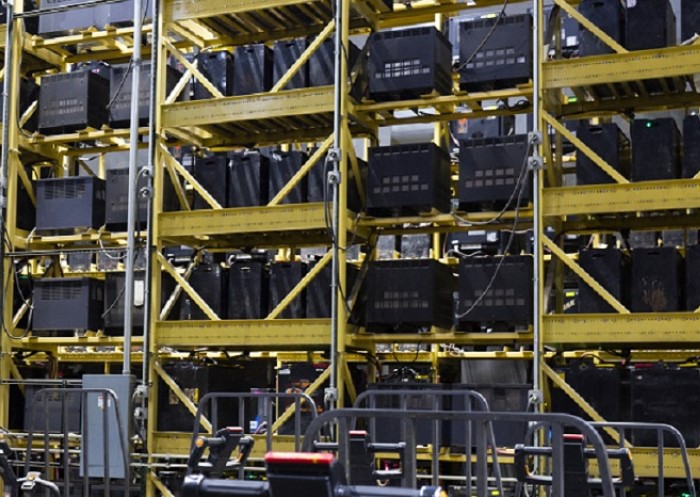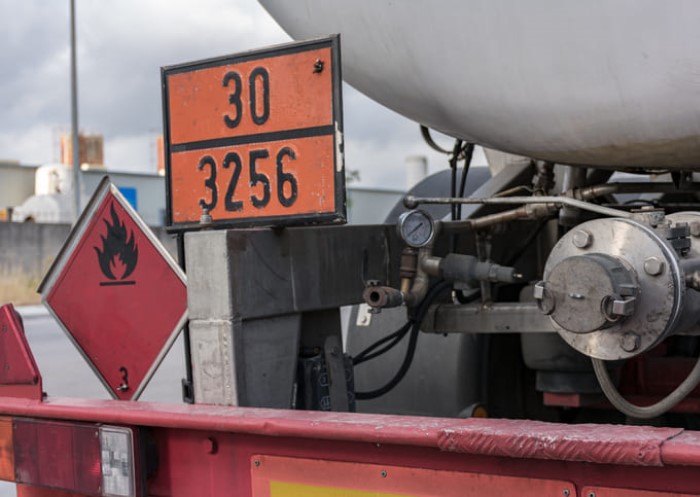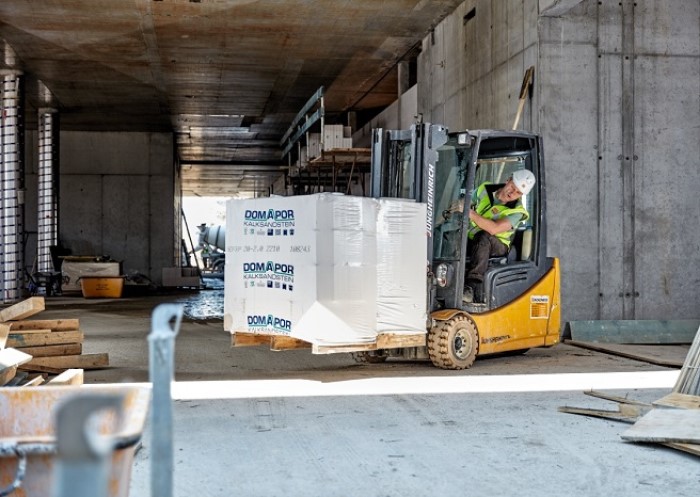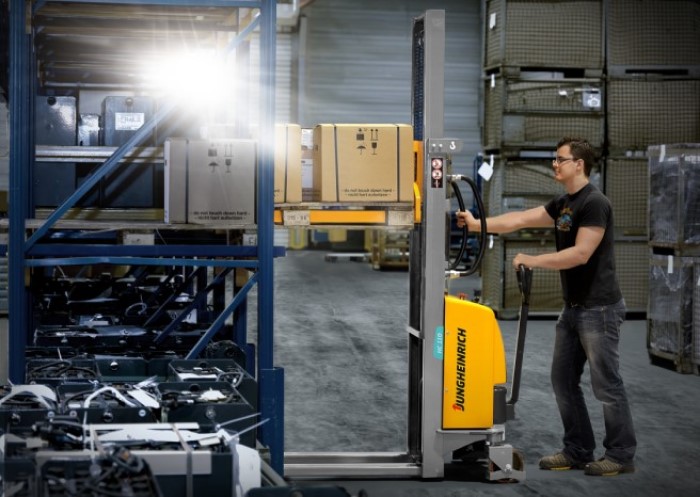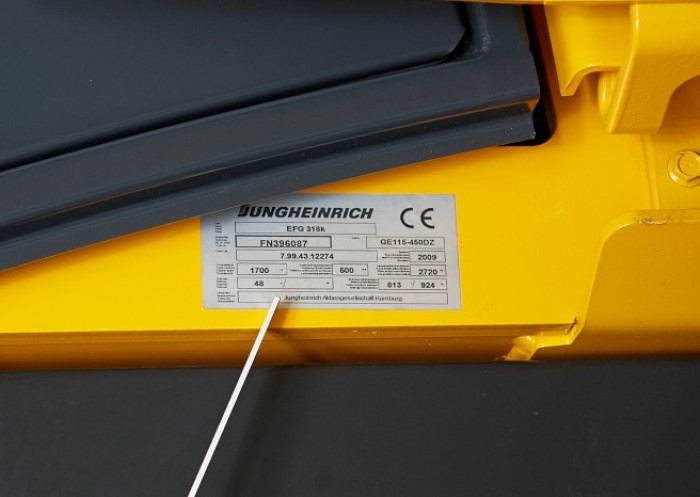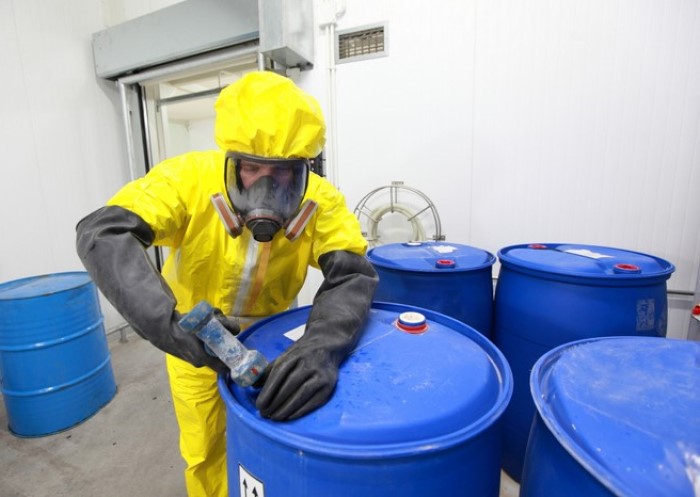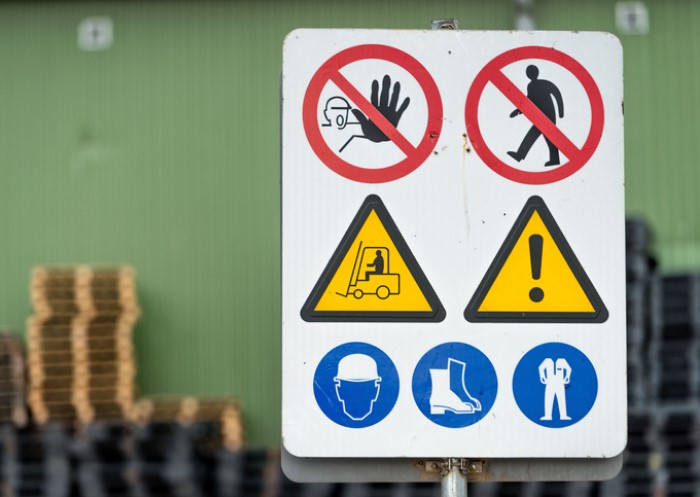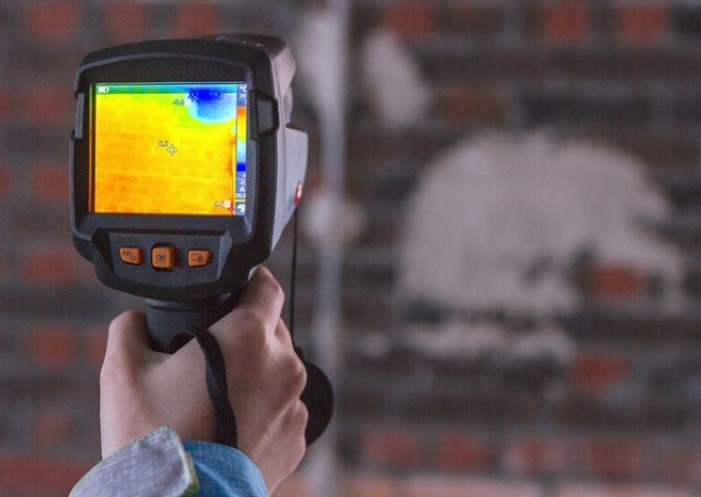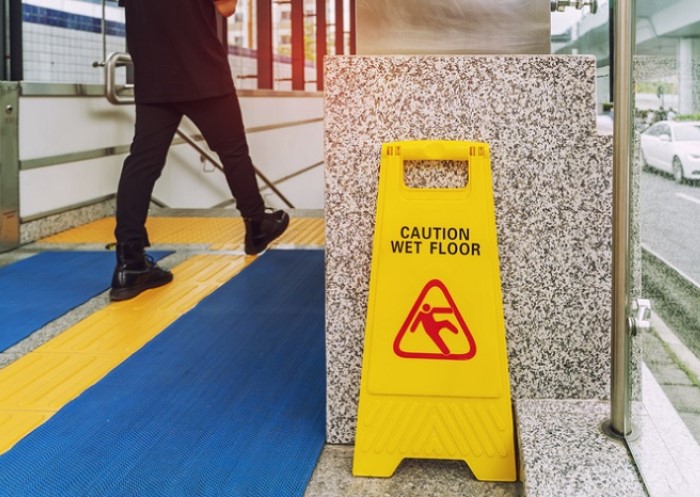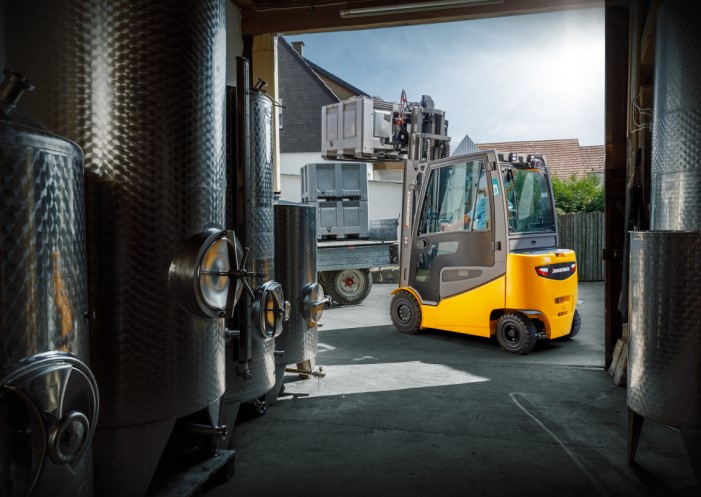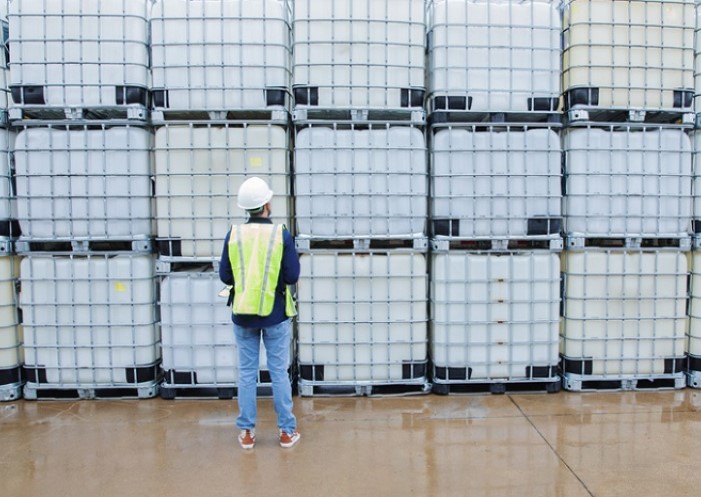Table of contents
Many modern products and devices, including electric cars are powered by lithium-ion batteries. When it comes to transporting lithium-ion batteries, extra caution should be observed due to their risk of fire. For this reason, lithium batteries are classified as dangerous goods and specific guidelines must be observed for their transit. In the following article, you will learn what you need to consider and which regulations apply.
Why are lithium-ion batteries considered dangerous goods?
Due to their highly reactive nature, lithium-ion batteries are particularly vulnerable to external environmental factors when moved from one place to another. Mechanical forces, temperature changes and accidental impact could cause them to become distorted, for example. Thermal effects can also damage a lithium-ion battery so severely that its function, storage, and transport pose risks to both people and the environment.
Generally speaking, lithium batteries must be transported as dangerous goods. The following lithium ion battery transportation regulations apply:
- Transport is subject to the requirements of the ADR (European Agreement concerning the International Carriage of Dangerous Goods by Road). The ADR mandates careful handling during the collection and transport of dangerous goods.
- Additionally, national regulations also apply. In the UK, this includes the Waste Electrical and Electronic Equipment (WEEE) Regulations and the Batteries and Accumulators (Placing on the Market) Regulations. The EU Battery Regulation applies across the EU.
Due to the safety risks that can occur during transport, lithium-ion batteries belong to the dangerous goods class 9A. This classification into nine hazard classes is based on the UN Recommendations on the Transport of Dangerous Goods. Accordingly, different types of lithium batteries are assigned specific UN numbers. There are separate UN numbers for lithium metal batteries, lithium-ion batteries contained in equipment, lithium batteries installed in cargo transport units, and battery-powered vehicles.
Thermal Runaway
A thermal runway is an unstoppable chain reaction that occurs within a lithium-ion battery,resulting in a fire that is extremely difficult to extinguish. It takes place when the internal temperature within the lithium-ion battery rises causing stored energy to be released within a matter of milliseconds. Poisonous heavy metal deposits and fumes are produced and released into the surrounding environment. Material parts of the battery can also be discharged.
As a result, it is important to wear proper chemical protective equipment when handling and transporting lithium-ion batteries. A thermal runway can occur for a number of reasons:
- Mechanical damage: caused by breakage or crushing due to the impact of a fall or shock, which can cause an internal short circuit
- Electrical loads: caused by overcharging or wear and tear (if you charge a lithium-ion battery very frequently and it has consequently undergone many charging cycles)
- Thermal stresses: caused by temperature increases/decreases due to incorrect storage (it’s best to store lithium-ion batteries at temperatures between 6°C and 15°C)
Install suitable fire protection measures in your facility across all industries to ensure safety when handling lithium batteries. It is also very important to implement proper fire prevention procedures to ensure safety when transporting lithium-ion batteries by road or by air. The constant advancement in battery technology and the varying structures and sizes of lithium-ion batteries may necessitate different safety measures. Transport and shipping regulations can also change depending on the function and construction of the lithium-ion battery. Conduct a full risk assessment to determine the appropriate protective measures needed for your specific situation.
If, despite all precautions in handling the dangerous goods, a thermal runway occurs and causes a fire, water can be used to extinguish and cool the battery. It can also serve to protect the accompanying battery units from further thermal runaways.
Lithium batteries: the importance of correct labelling
Lithium-ion battery transportation and shipping requirements state that battery units transported by road must clearly be marked in accordance with the Agreement Concerning the International Carriage of Dangerous Goods by Road (ADR). Differently sized labels are required depending on the size of the package being transported. Currently, a measurement of 100mm × 100mm is required for bigger packing labels; 100mm x 70mm is adequate for smaller shipment units.
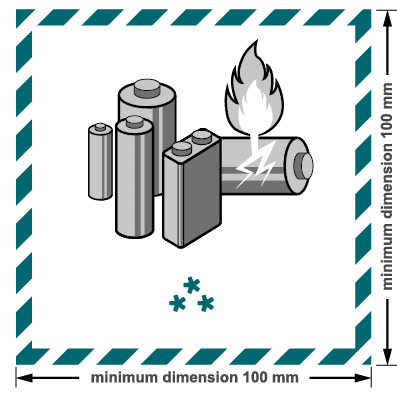
According to ADR, the labelling requirements for the transportation of lithium-ion batteries does not apply in some rare cases. These include:
- Consignments in which lithium-ion cells are only contained within equipment (including circuit boards).
- When a maximum of four cells are built into the equipment or no more than two built-in batteries are included. The entire shipment must not contain more than two of these consignment units.
Packing lithium batteries for transport
Specialised safety containers used for storing lithium-ion batteries are also suitable when it comes to transporting them. Defective batteries must comply with Packing Group I requirements. In addition to the inner packaging, this must be surrounded by non-combustible insulating material.
How to recognise a damaged lithium-ion battery
Defective lithium-ion batteries are particularly prone to risk of fire during transportation. The following characteristics indicate that a battery could be damaged:
- Clearly deformed housing
- Metal parts of the battery are tarnished
- Melting points on the plastic housing
- Leakages
- Warming of the battery when switched off
Lithium-ion battery shipping requirements
When transporting damaged lithium-ion batteries by road there is a high risk of a thermal runway occurring (this is usually activated by vibrations on bumpy roads or sudden braking). It is important that the specific shipping and packing regulations surrounding the transportation of lithium-ion batteries are applied here. It is also important to note that the applicable provisions of the dangerous good regulations (DGR) have been adhered to. This includes not charging lithium batteries above 30% charge.
Requirements for the transport of lithium batteries
The energy density of lithium-ion batteries dictates which transportation laws for dangerous goods you must take into account before transporting them. Lithium-ion battery transportation is only permitted after a summary report has been completed: the UN Test 38.3 from the UN Manual of Tests and Criteria must be met to ensure safety when transporting batteries by land, sea, and air. The environment factors that will affect the lithium batteries during transit are recreated for this purpose. Should you fail to provide the required documents when transporting lithium-ion batteries, you are subject to a fine. Your insurance provider may also decline to pay if a fire breaks out as a result of a thermal runway.
Special packing standards must once again be followed if during the transportation of lithium-ion batteries.
Checklist – this information must be included in the test summary
Listed below is the relevant information that should be provided by the UN Test 38.3 test summary report:
- Name and contact information of the cell, battery or product manufacturing company
- Name of the testing laboratory with all contact information
- A unique test report identification number
- Date of the issued test report
- A detailed description of the cell or battery
- A list of tests carried out and results
- Reference to testing requirements for compound batteries
- Reference to the revised edition of the Manual of Tests and Criteria used and amendments
- Signature with the name and title of the person signing to indicate the validity of the information provided
Lithium-ion battery transport and shipping regulations
Extensive transport laws are applicable to commercial shipments in order to ensure the safety of all parties involved in the transport chain. Additional dangerous goods laws must be followed if defective or damaged lithium batteries are transported. You can find a comprehensive list of laws and regulations from ADR, IATA (the International Air Transport Association) as well as UN regulations.
According to international transport legislation, lithium-ion batteries with an energy density of more than 100 Wh are considered Class 9 dangerous goods. On the various transportation routes, the following rules come into effect:
- Road/Rail: ADR/RID
- Sea freight: IMDG Code
- Air cargo: IATA DGR
Please note: It is important to always use the latest version of the respective regulations: lithium-ion battery technology is constantly evolving, and thus transport regulations are also updated more frequently.
Depending on the battery type or installation, batteries are assessed according to the following UN regulations:
- UN 3480 Lithium-ion batteries
- UN 3481 Lithium-ion batteries in equipment
- UN 3481 Lithium-ion batteries packed with equipment
If there is any doubt about which specifications apply, the battery manufacturing company or a dangerous goods specialist can provide reliable information.
FAQ on the transport of lithium batteries
Lithium-ion batteries are classified dangerous goods because the lithium used in the batteries is extremely reactive. In order to keep the risk of fire as low as possible during the transportation of lithium-ion batteries, special regulations for dangerous goods must be adhered to.
Depending on the mode of transport, the following regulations apply to lithium batteries:
• Road/Rail: ADR/RID
• Sea freight: IMDG Code
• Air cargo: IATA DGR
A lithium-ion battery is said to be critically defective if a thermal runaway is to be expected under normal transport conditions (i.e. if there is a high probability that normal vibrations on bumpy roads or emergency braking will cause a battery fire).
Improper storage, high temperatures and mechanical damage increase the fire risk of lithium-ion batteries. These factors can all result in an internal short circuit in the battery, which is likely to cause a fire.
Please note: The regulations mentioned above represent only a selection of the most important legal requirements. Please refer to the listed organisations and directives for more detailed information. If in any doubt, consult experts or contact the relevant regulatory authorities.
Image source:
© gettyimages.de – tzahiV

